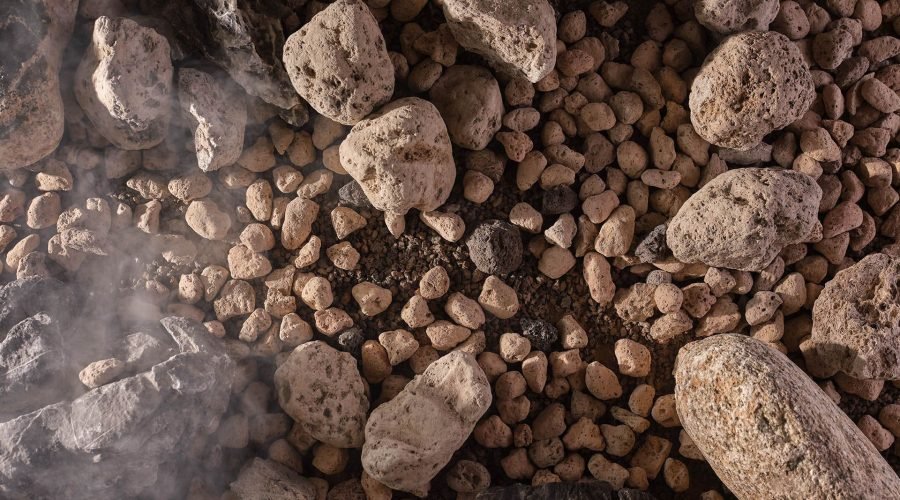Why Is ‘Minerality’ Such a Divisive Wine Term?
You’ve no doubt seen the word “minerality” at least a few times as you’ve flipped through this issue. Wines made from vines planted in volcanic soil often bring forth descriptors of minerality or mineral-driven as shorthand for aromas, flavors and textures that might be salty, savory, stony, edgy—or otherwise not fruits, flowers, herbs or spices. It’s often used to describe tastes and sensations that are slightly more challenging or ineffable to pin down.
Of course, any use of the M word also means plenty of eye-rolling among certain types of wine people. But why? Why is the simple mention of minerality so divisive within the wine world? Other than terroir, is there any term that carries with it as much baggage?
You May Also Like: Is Terroir a Myth?
Before we can answer that question, we must establish the kind of wine person who scoffs at the M word. Usually, this person also denies the existence of terroir. “Well, ackchyually,” says our Minerality Denier, “there is no clear scientific evidence connecting the soil directly with the flavors you taste. The vine is not literally picking up minerals from the soil and transferring them into the wine. You don’t ackchyually taste minerals in the wine.” Well, to borrow a phrase from my old Jersey neighborhood: No shit, Sherlock.
For most of us, talking about minerality has nothing to do with science. To wit, there are also not actual, literal “cherries” or “berries” or “white blossoms” or “leather” or “garrigue” or “crème brûlée” or “buttered popcorn”—or any of the dozens of terms on the tasting wheel—in actual, literal wine. Minerality is merely a general umbrella descriptor, much like “red fruit” or “black fruit” or “stone fruit” or “flabby” or “creamy” or “elegant.” Yet I never hear anyone complain about any of those less-than-precise terms—though we’d all do well to qualify them.
Wine is difficult to taste and describe. Presumably that is why wine professionals go through so many years of training, testing and certifications. Deductive tasting requires tasters to begin generally and move to the specific. Red fruit proceeds to cherry or raspberry. Black fruit forks between blackberry or black currant. “Spice” could be nutmeg, anise, black pepper or saffron. “Animal” might be leather or barnyard or cat pee. “Vegetal” might be grassy, green pepper or stemmy.
Minerality is simply another category of descriptors—a picture map. A good taster always takes the description a step further. Once minerality has been identified, one can be more specific. Is it chalky? Flinty? Smoky? And if it’s smoky, is it like gun smoke, struck stone, cigar? Are there deeper, darker mineral notes of tar, asphalt or graphite? Or are there petroleum notes of gasoline or pool toy or newly opened tennis balls?
You May Also Like: Wine Pros on What their Favorite Tasting Terms Really Mean
Perhaps what separates minerality from other tasting terms is that it can describe texture (or “mouthfeel” if we really want an M word that should be banned). Is it oily, unctuous, earthy? Does it feel like smooth stone, crushed stone or oyster shell on the palate? Often, you feel minerality intensely on the finish.
Is the word minerality too vague and overused? Perhaps. Though I would say the problem isn’t one of science, but rather of language. When it comes to words, the power lies always in specificity. Maybe the pushback to the M word forces us to be better tasters, using more specific language to describe what we’re tasting.
This article originally appeared in the Winter 2024 issue of Wine Enthusiast magazine. Click here to subscribe today!
Bring the World of Wine to Your Doorstep
Subscribe to Wine Enthusiast Magazine now and get 1 year for $70 $29.99.
Published: March 14, 2024
Like what you’re reading? Learn more about:


